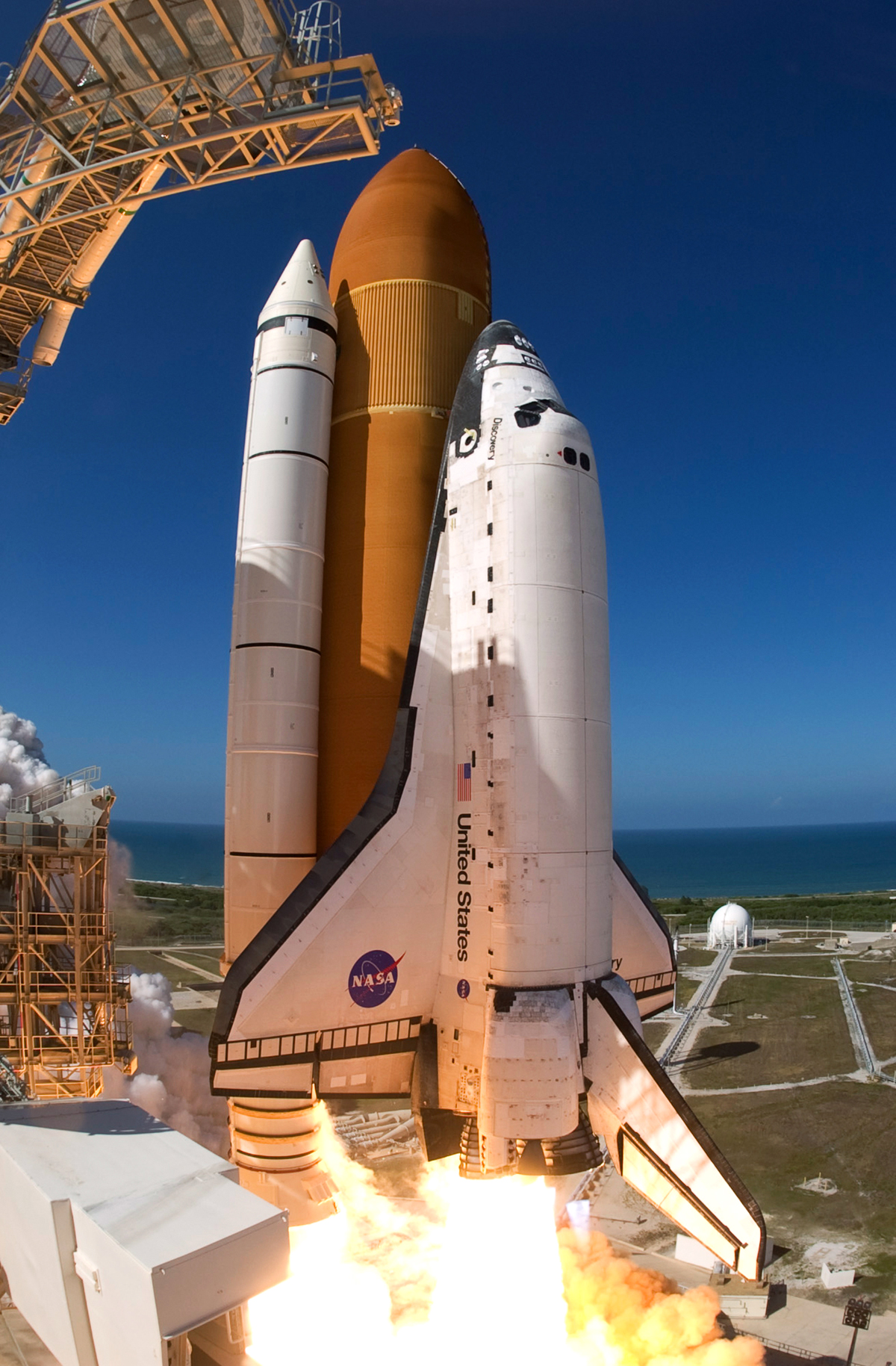

Space shuttles take off like a rocket and land like a plane!

The space shuttles were called Enterprise, Columbia, Challenger, Discovery, Atlantis, and Endeavour. NASA has launched a total of 6 space shuttles. It landed at the Kennedy Space Centre in Florida! Embed from Getty Images 4. The last ever landing was the space shuttle called Atlantis on July 21st, 2011. That’s right! The space shuttles were retired by NASA in 2011. In 2011 the space shuttle was retired by NASA. By the shuttle program’s end in 2011 we could relish in seeing the remaining fleet, Discovery, Atlantis, and Endeavour, complete the International Space Station.What is space? Embed from Getty Images 3. We were crushed as young people to see the Challenger tragedy live from our classrooms, overjoyed to see an American hero return to space when we were young adults (John Glenn on STS-95 in 1998), and devastated again just a few years later with the loss of Columbia.

Gen X, born from 1965 to 1980, were witnesses to the entirety of the Space Shuttle’s roller coaster trajectory over 30 years and 135 missions. In that respect, the program was largely successful. When many adults who witnessed Moon landings as children moved on to more adult concerns over the economy or politics, something new and dynamic could capture the attention of a new generation not raised during the Apollo program. NASA’s ambitions for the vehicle were largely inflated by a desire to achieve great things but also preserve a sense of enthusiasm for spaceflight mined over a decade earlier. The legacy of the Space Shuttle program was to some degree built around the results of its very first mission.
#Nasa space shuttle in space full#
Sadly, not every problem seen on the first mission would ever be solved entirely, making the risks of the system deeply disconcerting to many but never forcing a full cancelation of the program before it completed a variety of scientific and technical goals. Other damage over the two-day mission, approximately 70 problems both foreseen and underestimated in potential effect by engineers, meant Columbia required numerous repairs before the next planned mission could launch and prove the reusability of the orbiter. Despite those positives, STS-1 also indicated the troubles ahead: Crippen noticed foam loss from the external tank during launch and missing thermal tiles, both of which contributed to the loss of Columbia and her crew during STS-107 in 2003. The middeck offered plenty of storage and space for sleeping, but the space only reached its full intended potential on later missions as science experiments and crewmembers were added.
#Nasa space shuttle in space windows#
The flight deck included aircraft-like seats for them both with windows forward, overhead, and into the payload bay to make visual observations. Young and Crippen had room to spare in the spacious crew compartment. As the first of several test flights for the shuttle, STS-1 offered NASA a preview of the program in terms of successes and difficulties. They were not the path to develop lasting in-space capabilities for humans. After 20 years, rockets and spacecraft were viewed by many as expensive, disposable, and lacking the capacity for real science and technology research. But the Space Shuttle program was on an entirely different technological level from Gagarin’s single orbit in a tiny capsule. STS-1 followed in the footsteps of another first in spaceflight, launching on the 20th anniversary of Yuri Gagarin’s mission that made him the first human to fly in space. This was truly a new beginning for spaceflight and NASA, with the realization of a decades-old dream of a reusable spaceplane that could deploy large objects from a payload bay, serve as a scientific base for orbital research, and open up space to new professionals and industries interested in the unique offerings of low-Earth orbit for science and technology.Ĭolumbia situated on the launch pad for STS-1 (NASA Photo, S81-29212). The delays and concerns meant that the first launch would be the first full test of the Space Transportation System, the completely assembled unit of solid rocket boosters, external tank, and orbiter. Commanded by space veteran and moonwalker John Young and piloted by Robert Crippen, the launch slipped two years from its originally scheduled launch in 1979 because of problems with its powerful engines and the fragile thermal protection system. The reusable spaceplane, the Space Shuttle, ushered in a new era of human spaceflight 40 years ago this week with the launch of STS-1 on April 12, 1981. A cutaway drawing of the major components of the Space Transportation System (NASA Photo, S81-30630).


 0 kommentar(er)
0 kommentar(er)
